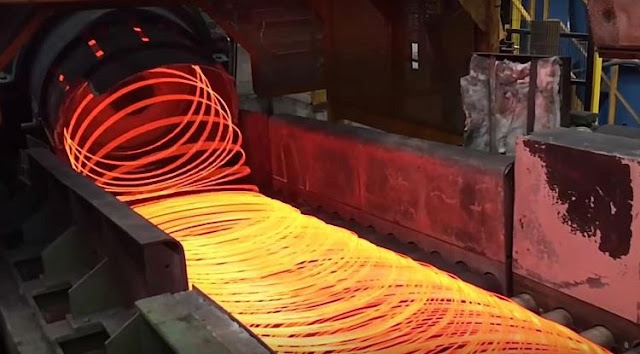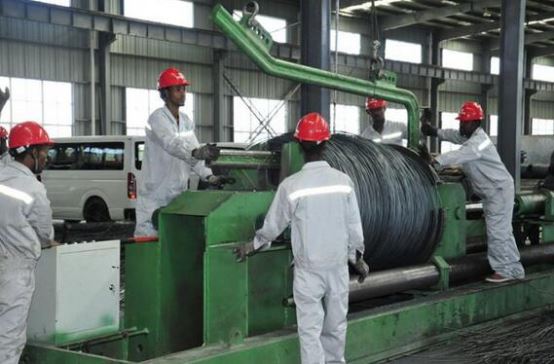What is Cast Iron?
The material consists of iron with more than 2% of carbon.
Cast iron is a very wide range of consumer as well as commercial applications.
Types of Cast Iron
1. Gray Cast Iron
Most common consists of small fractures of a graphite micro-structure which is responsible for creating the appearance of a gray color.
The gray cast iron offers various compressive strengths as steel. This as a result makes it a popular choice for metal applications that can involve compressive strength.
2. White Cast Iron
It has an off-white color, which in turn results in iron compounds that are known as cementite.
White cast iron is known to be hard, so having excellent resistance against abrasions.
3. Ductile Cast Iron
Also known as nodular cast iron it is a type of soft, ductile iron alloy accompanied by a high carbon content.
Its graphite is in the form of very tiny nodules that are accompanied with the graphite in the form of concentric layers which forms the nodules.
The properties are similar to the malleable iron, whereas the parts can be cast with larger sections.
4. Malleable Cast Iron
Created by using the heat treatment processes on the white cast iron.
As a result, the carbon in iron carbide is found to transform into either graphite or ferrite plus carbon.
The slow process forms spheroidal particles instead of flakes.
The properties of malleable cast iron are likely to be those of mild steel.
5. Alloy Cast Iron
The properties of the cast iron are changed by adding various alloying elements.
Please contact stella@hanrm.com for a quotation.
And free send inquiries to us.
Email: stella@hanrm.com stellarollingmill@gmail.com
Whatsapp/Wechat:+8615877652925





.jpg)















